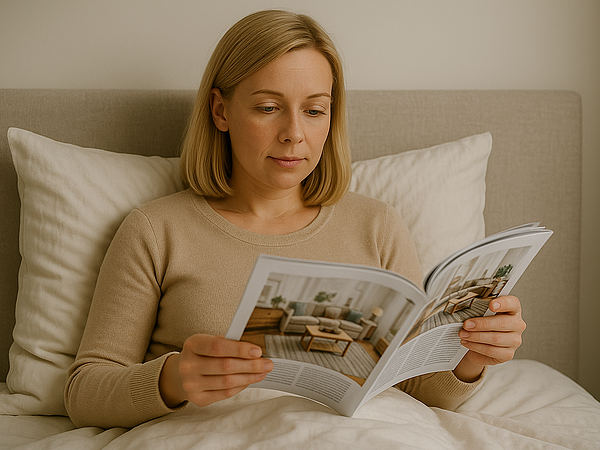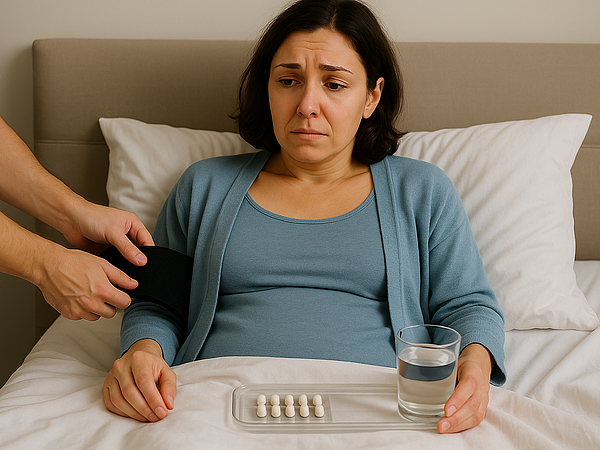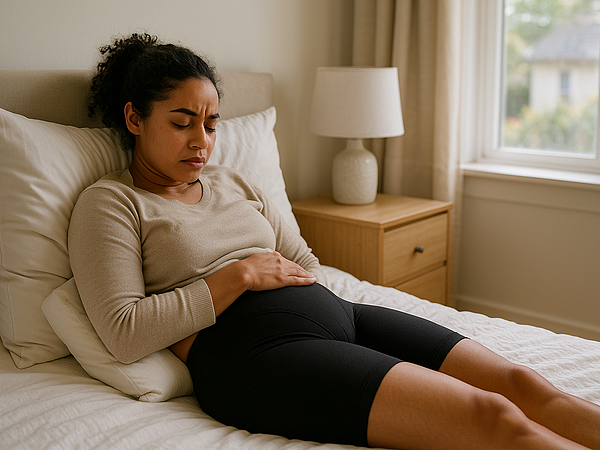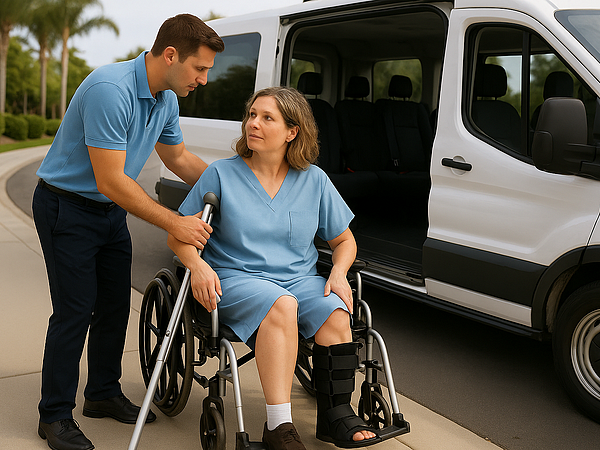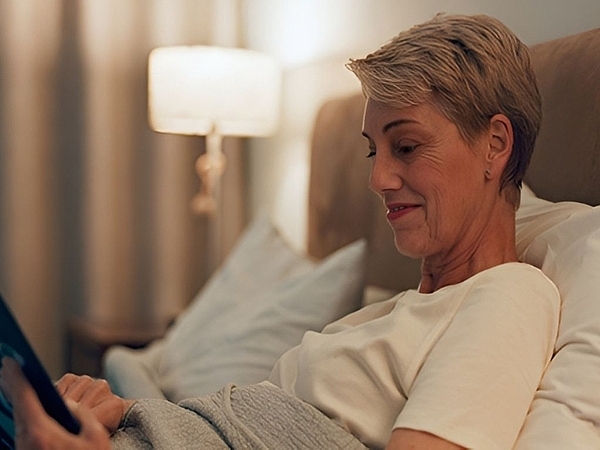How Long Is Recovery After A Brazilian Butt Lift in San Diego?
Most people think BBL recovery is just about waiting it out. Rest a little, avoid sitting, and you're good. But the reality? It's more involved than that — and if you're not prepared, you're setting yourself up for setbacks. Recovery isn't passive. It's active management of pain, positioning, movement, and healing. Every day matters. Every choice you make affects how your body responds.
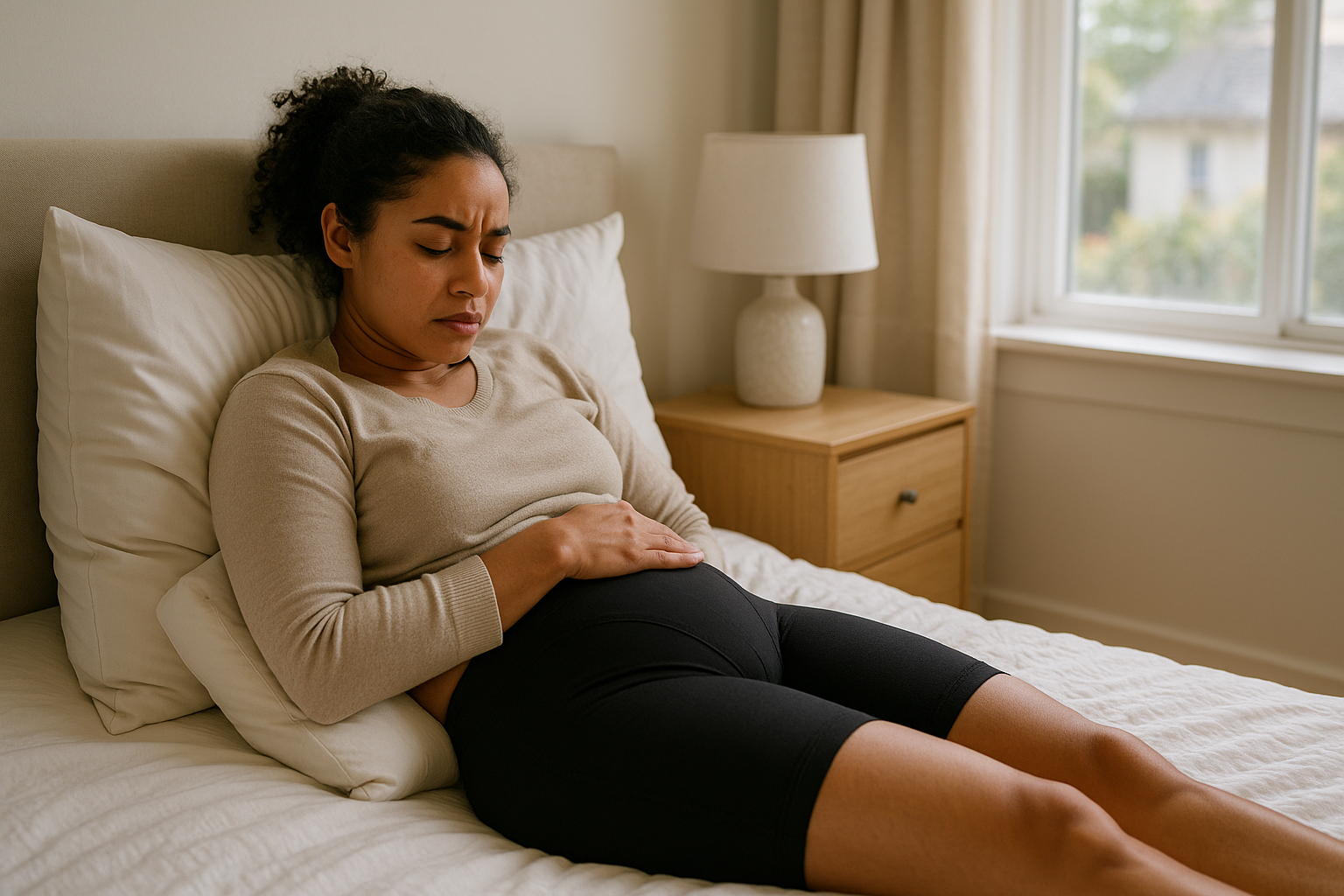
So here's what you need to know. If you're getting a Brazilian butt lift in San Diego or Orange County, the first few weeks are critical. You'll need help. You'll need structure. And you'll need someone who knows what they're doing — not just a friend who means well. That's where professional recovery support makes the difference between smooth healing and complications that could've been avoided.
Pain Management Basics
Pain after a BBL isn't optional. It's part of the process. Your surgeon will prescribe medication, and you'll need to stay on top of it — not wait until the discomfort becomes unbearable. The first 48 hours are the hardest. You'll feel sore, tight, and swollen. Moving will hurt. Sitting is off the table. Even lying down requires strategy. This is when medication and wellness monitoring becomes essential. You can't afford to miss doses or mix up instructions. Someone needs to track what you're taking, when you're taking it, and how you're responding. That's not something you want to manage alone while you're groggy and uncomfortable.
Sitting Restrictions
You've probably heard it already — no sitting for at least two weeks. Some surgeons push that to three or four. The reason? Sitting puts direct pressure on the fat grafts that were just transferred to your buttocks. Pressure kills fat cells. And dead fat cells mean less volume, uneven results, or worse — complications that require revision. So you'll be standing, lying on your stomach, or using a BBL pillow if your surgeon allows it. But even with a pillow, you're not sitting normally. You're perching. You're adjusting. You're constantly aware of your positioning.
This is where most people underestimate the challenge. You can't just sit down to eat, work, or scroll your phone. Every surface becomes a problem. Every chair is a risk. And if you're recovering alone, you're going to struggle. That's why so many patients in San Diego and Orange County bring in ambulation assistance — someone who helps you move safely, reminds you of restrictions, and keeps you from making mistakes that cost you results.
- No sitting directly on your buttocks for at least 14 days, sometimes longer depending on your surgeon's protocol
- Use a BBL pillow only if cleared by your surgeon, and only for short periods
- Sleep on your stomach or side with pillows supporting your body
- Avoid car rides unless absolutely necessary, and never sit flat in the seat
- Stand or lie down for meals, phone calls, and any other activity that normally involves sitting
These restrictions aren't suggestions. They're requirements. And they're harder to follow than most people expect. You'll need reminders. You'll need help adjusting your position. And you'll need someone who understands why these rules exist — not just someone who nods along.
Mobility Assistance
Getting around after a BBL is harder than it looks. You're swollen, sore, and moving carefully to avoid pressure on your backside. Walking is encouraged — it helps with circulation and reduces the risk of blood clots — but you're not moving at your normal pace. You're slow. You're cautious. And you're probably wearing a compression garment that makes everything feel tighter and more restrictive.
This is where having someone nearby makes a real difference. You'll need help getting out of bed, moving to the bathroom, and adjusting your position throughout the day. You'll need someone to hand you water, medication, and meals without you having to bend or twist. And if you're recovering in a hotel or unfamiliar space, you'll need someone who knows how to set up your environment for safe, comfortable movement. That's what overnight care provides — constant support when you need it most, especially during those first critical nights.
Drainage Care
Depending on your surgeon's technique, you may have drains. These small tubes help remove excess fluid from the surgical site and reduce swelling. They're not painful, but they are awkward. You'll need to empty them, measure the output, and keep the insertion sites clean. Miss a step, and you risk infection or delayed healing. This isn't something you want to figure out on your own while you're exhausted and uncomfortable. Professional caregivers who specialize in post-BBL recovery know how to manage drains properly. They track output, watch for signs of infection, and make sure everything stays clean and secure. If you're traveling from out of town for your procedure, having a travel companion for out-of-town surgery who understands drainage care can make your recovery far less stressful.
Nutrition Support
- High-protein meals to support tissue repair and fat graft survival
- Plenty of water to stay hydrated and reduce swelling
- Fiber-rich foods to prevent constipation, which is common after surgery and pain medication
- Avoid salty foods that can increase swelling and fluid retention
- Small, frequent meals instead of large portions that make you feel sluggish
Eating well after surgery isn't just about feeling better. It's about giving your body what it needs to heal. But when you're in pain, tired, and restricted in how you move, meal prep becomes a challenge. You're not standing at the stove. You're not running to the grocery store. And you're definitely not sitting at a table to eat. That's why personal care and nutrition assistance is part of smart recovery planning. Someone prepares your meals, brings them to you, and makes sure you're eating enough to support healing — not just snacking on whatever's easy.
Timeline Expectations
Recovery doesn't happen overnight. The first two weeks are the hardest. You're managing pain, avoiding sitting, and adjusting to a new routine. By week three, you'll start to feel more like yourself. Swelling will decrease. Movement will get easier. But you're still not cleared for normal activity. Most surgeons recommend waiting six to eight weeks before resuming exercise, and even then, you'll need to ease back in. Full results? Those take three to six months as swelling fully resolves and the fat grafts settle. So if you're planning a BBL in San Diego or Orange County, plan for the long game. This isn't a quick bounce-back procedure. It's a process that requires patience, discipline, and the right support system.
Get Help with BBL Recovery in San Diego and Orange County
Recovery after a Brazilian butt lift isn't something you should handle alone. The restrictions are real. The risks are real. And the difference between good results and complications often comes down to how well you manage those first few weeks. My Lending Hands provides in-home BBL recovery help throughout San Diego and Orange County. We handle pain management, mobility support, drainage care, nutrition, and everything else you need to heal safely and comfortably. Call 949-278-8950 or request a free consultation to talk through your recovery plan.
‹ Back



